BRANDED CONTENT
Keep your car running at its best: Maintenance tips for top performance
From oil changes to EV tyre care, learn how you can extend your ride’s lifespan and optimise its efficiency

Keeping your car in optimal condition ensures safety, reliability, and cost-efficiency for drivers. PHOTO: GETTY IMAGES
Follow topic:
Q: Engines and automotive lubricants are constantly improving and this enables longer intervals for oil change. What determines a car’s oil-change intervals?
The car manufacturer’s oil-change interval is derived from extensive trials during the car’s development. In any car, the engine oil deteriorates not just over time, but also because it is subject to thermal stresses, build-up of minute particles from normal wear and contamination from blow-by, which is combustion escaping past piston rings into the crankcase – this happens even with engines with lower mileage.

Using the engine oil for longer than recommended leads to sludge formation. In the extreme, the sludge clogs up the oil passages, which deprives various moving parts of lubrication, blocks oil-flow through the filter and impedes the oil pump’s performance.
Singapore’s constantly high ambient temperatures and frequent stop-start city driving conditions are particularly harsh on the engine oil, changing the chemistry. This reduces the oil’s ability to lubricate the moving parts within the engine.
For local conditions, it might be beneficial to replace the engine oil and filter a little sooner than recommended. There is no fixed formula to this practice, but this is one way to ensure your engine is constantly well-lubricated.
Reducing the oil-change interval is also advisable as the engine gets older with more mileage. Due to wear and tear, there will be an inevitable increase in blow-by. Of course, more frequent oil-change service means higher operating costs, but there is absolutely no detriment to the engine’s health.
The most critical factor to bear in mind is that the oil must be of the specification stated in the owner’s manual. Never use engine oils that claim to increase engine performance or those that claim to sustain longer than the usual oil-change intervals.
Q: Is it better to fill the fuel tank to the brim or keep it at about half empty? Are there also any issues in maintaining a low fuel level?
Filling a fuel tank to the brim will not increase fuel flow to the engine. This is controlled by the injection system, which is mostly determined by your right foot.
The evaporation theory is also flawed because petrol lost to the atmosphere is insignificant and is not a function of the volume in the tank.
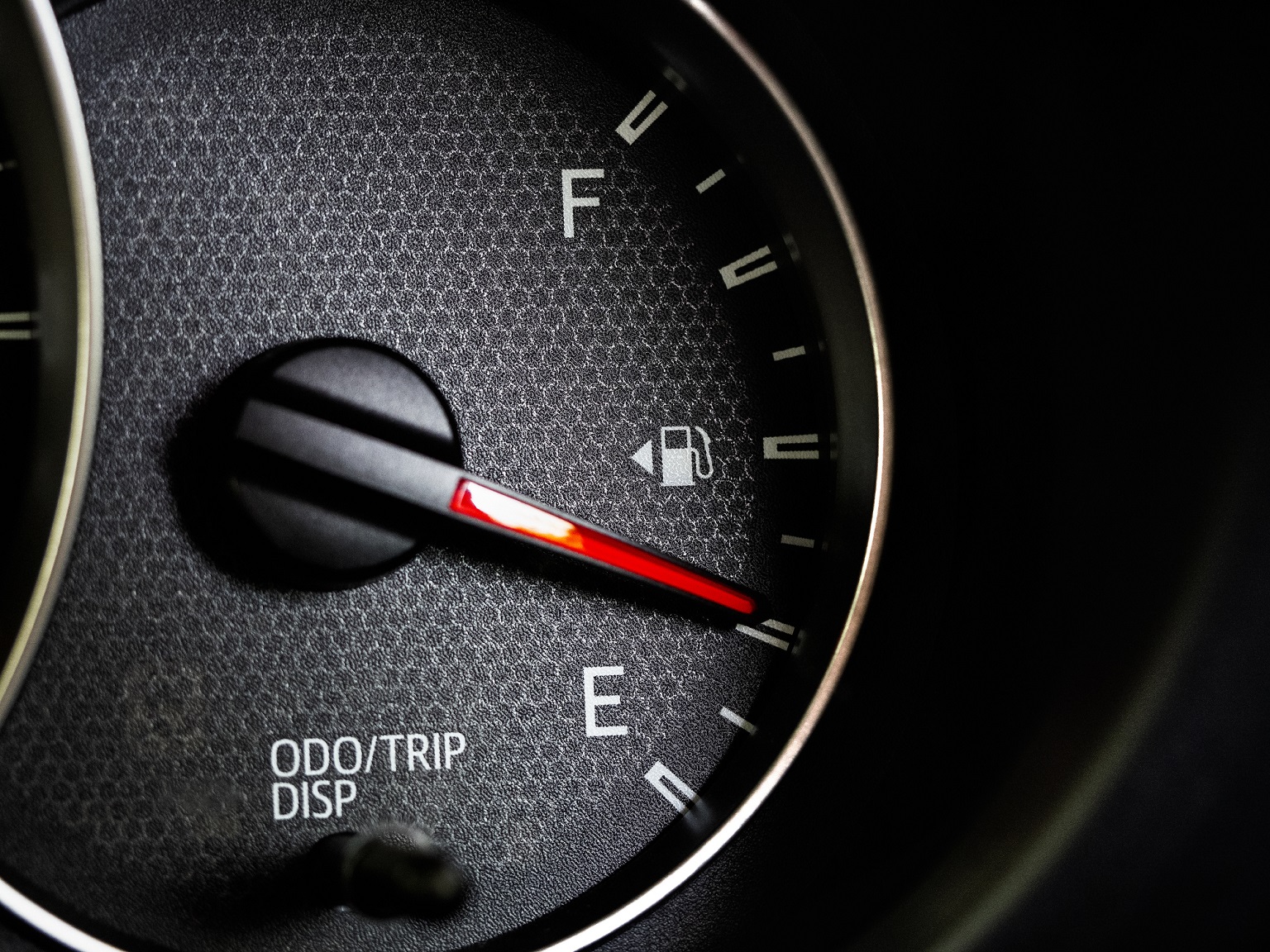
Any difference in fuel consumption between a car with a full tank and a half tank can only be the result of a marginal difference in the vehicle’s total weight. The fuel tank capacity of an average family saloon is roughly 60 litres which, in terms of weight, is about 50kg.
Hence, filling to half tank reduces the load you carry by about 25kg. This will make a difference in fuel consumption, although insignificant when compared with other ways of improving efficiency – such as keeping the engine in good health and the tyres properly inflated.
Accelerating smoothly and quickly to road speed, and anticipating traffic so you do not need to brake unnecessarily, will also go a long way in improving efficiency.
Keeping the fuel tank half empty will, of course, mean more frequent refuelling stops. The real concern is habitually running the car till it is near empty.
A very low fuel level can cause the fuel pump to work harder. On older cars, there might also be debris at the bottom of the tank, which would find its way into the pump’s inlet.
On the other hand, filling to the brim might lead to fuel spillage, which is a waste of money. Stop refuelling when the nozzle’s auto cut-off kicks in.
You can also consider using high-quality fuel to improve your vehicle’s performance and efficiency. For instance, the SPC Levo range of petrol is formulated to clean and protect the engine while reducing friction. It is formulated with deposit cleaning technologies that can improve engine performance, potentially leading to better fuel economy regardless of how full your tank is.
Q: Most cars are now equipped with electronic traction control. Will this feature prevent the loss of control associated with worn tyres?
Tyre treads help displace water on wet roads so the rubber retains contact with the tarmac. As treads wear, this function diminishes, thus exposing the car to the risk of aquaplaning, where the tyres ride on a thin layer of water and lose contact with the road.
No electronic stability assistance, traction control program or all-wheel-drive system can eliminate the risk of aquaplaning, which often results in loss of control.
While aquaplaning can happen to a car with unworn tyres (if it attains excessive speeds), it is almost a certainty with worn tyres.

A tyre’s grip on the road is also dependent on a few other factors, such as tyre quality, wheel alignment and tyre pressure.
But even if a vehicle and its tyres are in ideal condition, it is prudent to reduce speed on wet roads. Avoid the right lane of expressways in a downpour. Quite a lot of water can collect along this lane within a short span of time.
If a vehicle goes over such a stretch, there is a high chance of aquaplaning. It usually happens in the front first, totally diminishing any steering effect. No amount of steering input, acceleration or braking will cause any change in the direction of the car’s travel. The situation worsens when all four tyres are skimming across the layer of water.
Aquaplaning is the main reason for sudden loss of control and skidding. Look out for huge splashes from vehicles in front – they are a sign of water ponding ahead.
Q: My nine-month-old car makes a dull clonking noise from the left rear suspension whenever it is driven over a hump. The mileage is now at 12,000km. What could be the source of the noise and is this normal for a car so new?
At this age and mileage, you should not be hearing such noises from either the front or rear suspension.
Suspension parts should easily be good for more than 60,000km.
However, from the noise alone, it is difficult to pinpoint the exact source of the problem. There are a number of moving components that constitute the suspension system. They include linkages, rubber bushings, springs, shock absorbers and steel ball-and-socket mountings simply referred to as “ball joints”.
Rubber bushings are an important part of the automotive suspension set-up. They allow some flexibility in the suspension. They will go through some wear and tear over time and use.
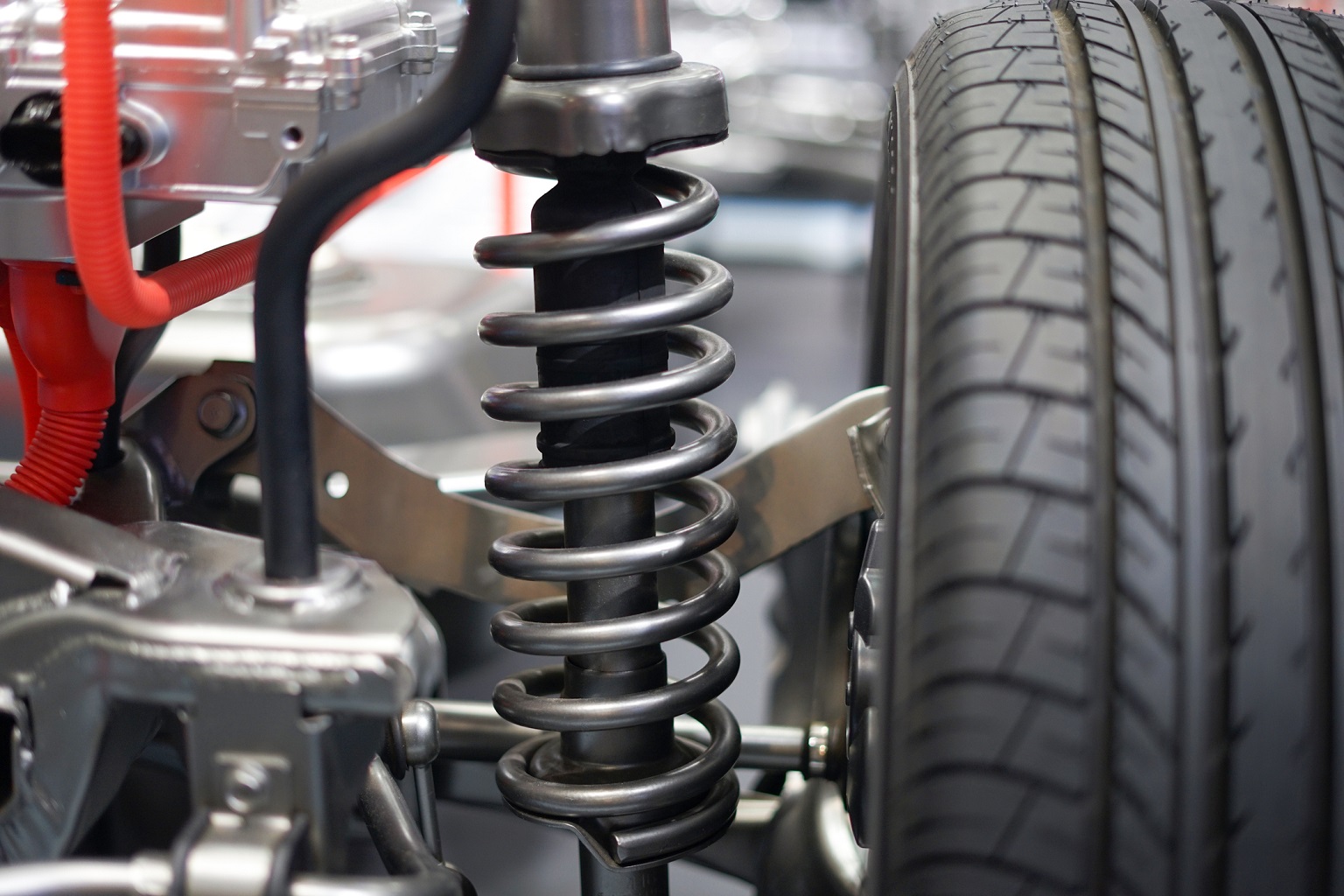
When the bushes deteriorate, there will be wayward movements of the linkages and, in the extreme, a loss of cushioning effect between the steel mounting bolts and the anchorage brackets on the chassis. Similarly, worn ball joints will mean loose connections between components and are usually the first items in the system to cause “clonking”.
Another common source of suspension thuds are the shock absorbers. Such noises are almost always an indication that the dampers have reached their end-of-life.
Worn suspension components are rarely reparable these days, so the only course of action is replacement. A premature instance of any suspension abnormality should be addressed as a warranty issue and referred to the authorised dealer or agent who sold you the car.
Q: Why does a petrol-hybrid car with a turbo engine also have an electric supercharger? And why were electric superchargers not used in the past?
Traditional superchargers are belt-driven compressors that force air into the combustion chamber of a petrol- or diesel-fuelled engine. This type of forced induction achieves a boost in engine power similar to what a turbocharger does.
The main difference is that a belt-driven compressor starts its forced-induction function the moment the engine is running. There is no lag in power boost, whereas the turbocharger needs a few moments for the engine to build up sufficient exhaust gases to start spinning its compressor.
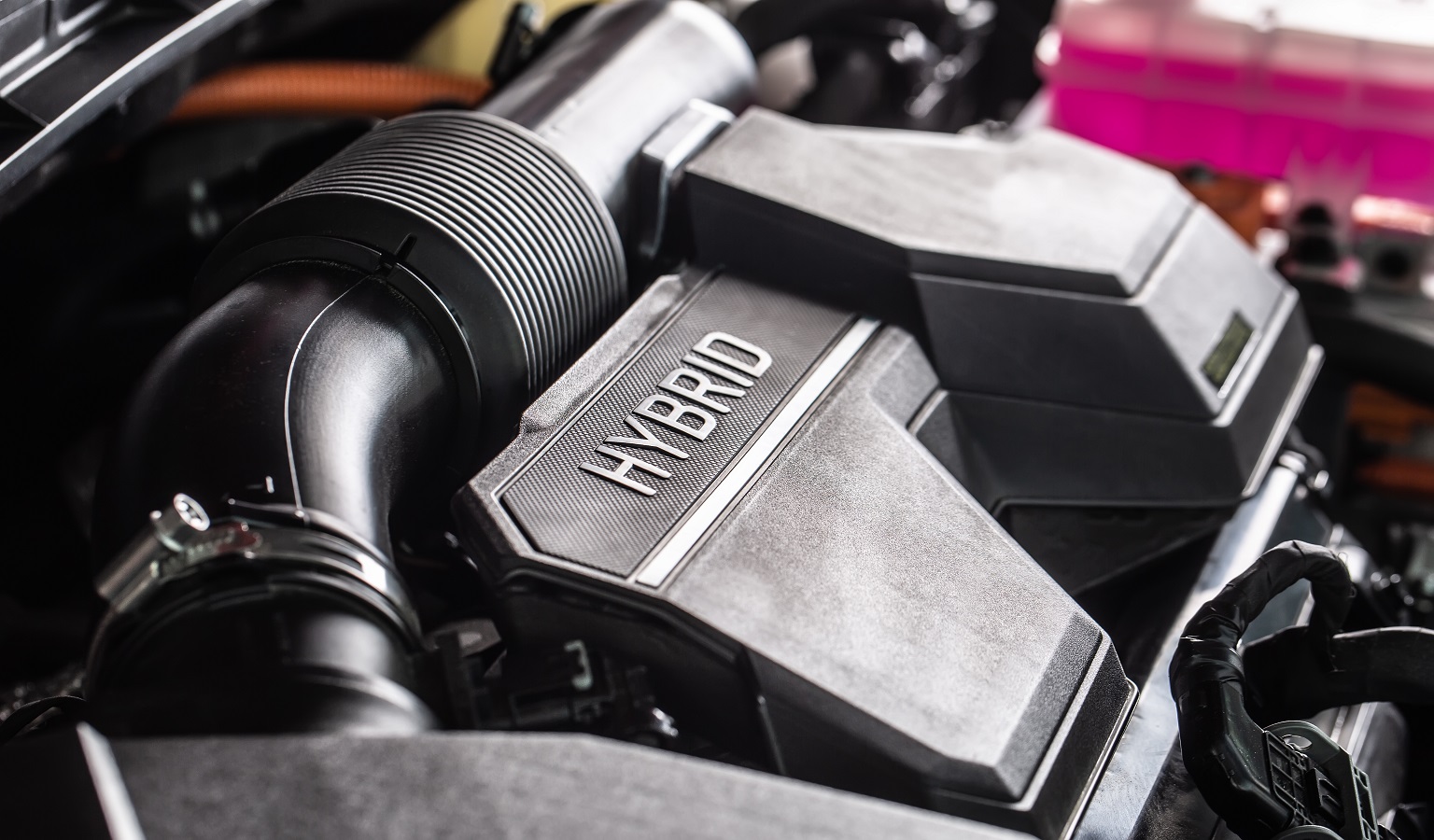
There are engines that have both a turbocharger and a supercharger. The best known one is Volkswagen’s twin-charge engine, where a belt-driven compressor provides the boost at lower engine speeds before switching over to the turbocharger.
Electric superchargers are meant to provide a boost immediately, filling in the gap before the turbo unit builds up the boost.
Mercedes-Benz uses this technology.
Instead of being mechanically connected to the engine, an electric compressor does the work of forcing air into the engine’s combustion chamber. This can be efficiently switched on or off instantly whenever the engine management system calls for a low-end boost.
In Mercedes-Benz vehicles, the compressor is powered by a 48-volt battery that is kept charged by the integrated starter-generator, which is part of the mild-hybrid system.
Even if it is just for a low-speed boost, the compressor needs a motor with at least a 48-volt supply if it is to force the necessary volume of compressed air into the engine. The standard 12-volt system is unable to deliver the power needed to drive an electric compressor in this way. This is also why such a supercharger has not existed in the pre-high voltage era.
A full electric compressor to replace the turbocharger would, of course, require a much larger motor and even higher voltage that current hybrid systems are not built for.
Q: When replacing tyres on an electric vehicle (EV), can I put on any tyre as long as the size and speed rating are suitable? On the other hand, if there are specific tyres for EVs, how are they different?
Most major tyre manufacturers currently offer products that are specially suited to EVs. There are some unique conditions which EVs experience, and thus, their tyres can be slightly different from those used by combustion-engine vehicles.
EVs are generally between 15 per cent and 30 per cent heavier than similar-sized combustion-engine cars. For example, the BMW i4 eDrive35 is 345kg heavier than the 1,720kg BMW 430i. This is owing mainly to the electric version’s battery pack.
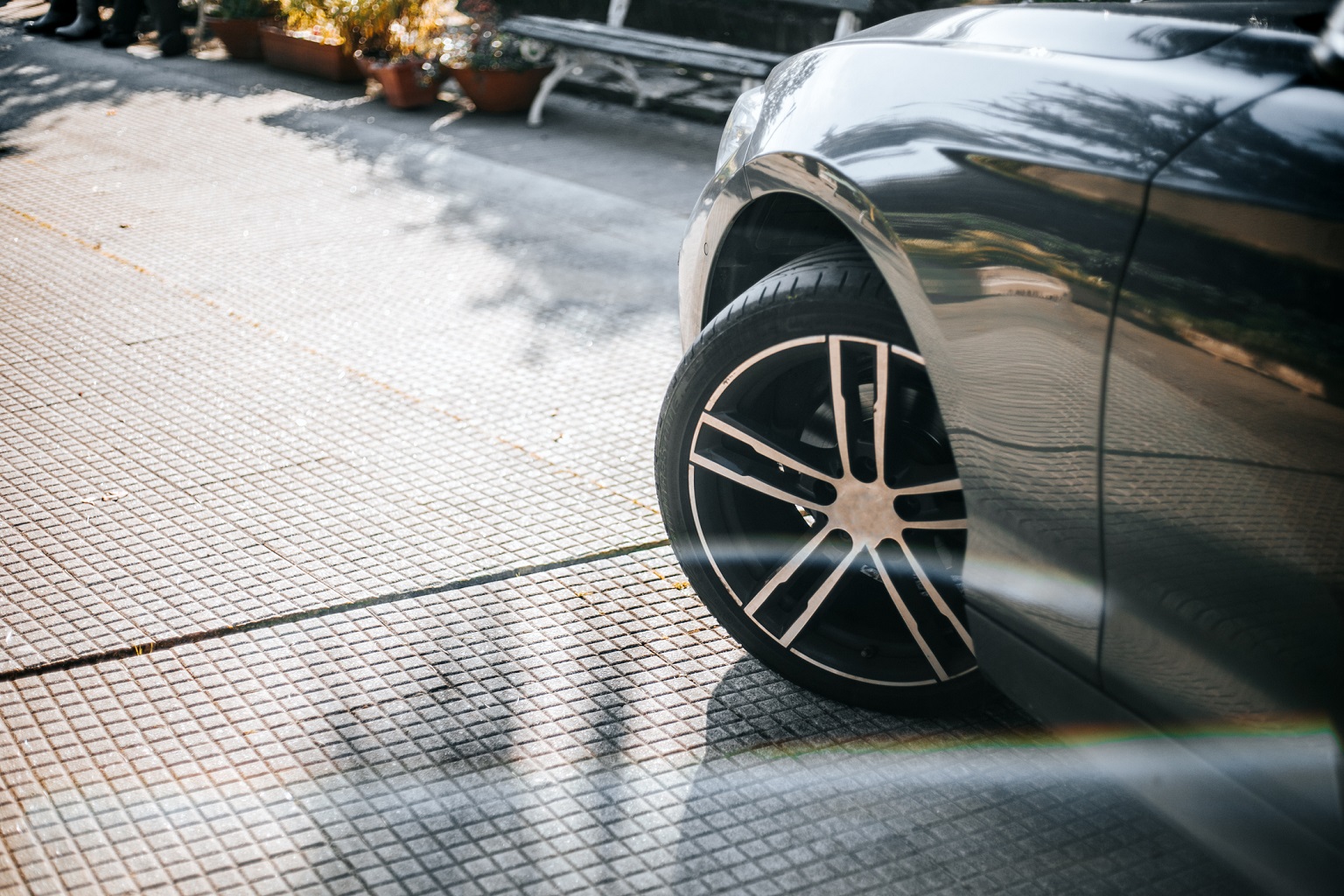
By virtue of their lower centre of gravity, EVs are capable of higher cornering g-forces. Together with their higher kerb weight, this subjects EV tyres to much higher side-wall forces.
EVs also produce a lot more torque. This also exerts more stress on the tyres.
To optimise energy efficiency, current EV tyres are designed for minimum rolling resistance without compromising their ability to grip road surfaces.
Mr Jason Tan, deputy general manager at City Tyre Auto, advises that to maintain longevity and performance of EV tyres, consider rotating them every 10,000 km to ensure even tread wear. “Regularly check tread depth and consider replacing tyres if it's below 1.6 mm. Avoid overloading your EV and practise smooth driving, avoiding aggressive acceleration, braking and cornering,” he says.
When determining if it’s time to replace your tyres, Mr Tan says you should look out for significant tread wear, cracks in the sidewall or uneven wear patterns such as feathering, cupping or bald spots. “Consider the age of the tyres. Replace tyres that are more than six years old regardless of tread wear. In addition, pay attention to any compromised vehicle performance and handling, breaking or traction, as well as frequent tyre pressure monitoring system warnings.”
You can always fit conventional tyres to an EV, but that would be compromising the vehicle’s dynamic characteristics, comfort and energy efficiency.
Q: Do EVs require lubrication service? They do not have engines, but surely the motor bearings, gearbox and differential require routine oil maintenance?
EVs do not require routine lubrication service. Of course, there are bearings, not just at the motor shaft but also inside the relatively simpler step-down transmission and on the differential.
All these, however, are specially sealed with long-life lubricants inside.
Engine oil in any petrol or diesel engine is subject to extreme heat, which results from combustion. This is what causes the breakdown and deterioration of the lubricant, making it mandatory for periodic disposal of used oil, replenishment with new oil and a change of filter.
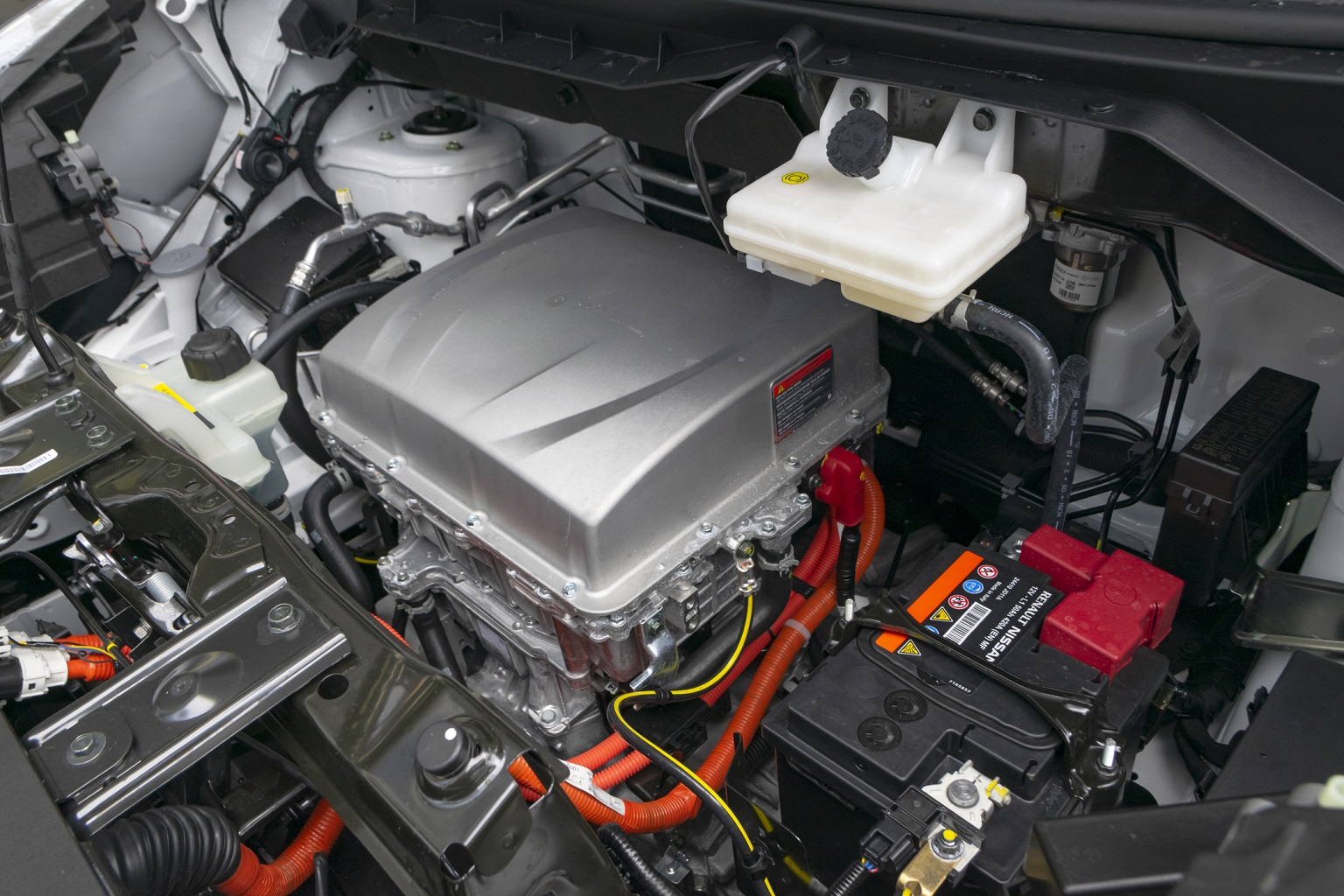
EVs are equipped with sophisticated thermal management systems to prevent temperature spikes.
If oil change is specified for transmission or differential on EVs, the intervals are far longer, often as long as after 100,000km.
These stories first appeared in The Straits Times.
The Car Expo will be held on Oct 5 and 6, at Singapore Expo Halls 3 and 4 from 10am to 8pm. Click here for the floorplan of the show. Read more about the latest cars and special deals at the The Car Expo here.

